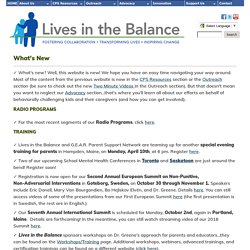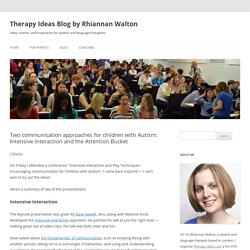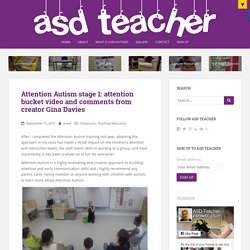

Autism Apps. 03 Positive Behaviour Support Planning Part 3 web 2014. What's New solving problems collaboratively. ✓ What's new?

Well, this website is new! We hope you have an easy time navigating your way around. Most of the content from the previous website is now in the CPS Resources section or the Outreach section (be sure to check out the new Two Minute Videos in the Outreach section). But that doesn't mean you want to neglect our Advocacy section...that's where you'll learn all about our efforts on behalf of behaviorally challenging kids and their caregivers (and how you can get involved). ✓ For the most recent segments of our Radio Programs, click here. ✓ Lives in the Balance and G.E.A.R. . ✓ Two of our upcoming School Mental Health Conferences in Toronto and Saskatoon are just around the bend! ✓ Registration is now open for our Second Annual European Summit on Non-Punitive, Non-Adversarial Interventions in Goteborg, Sweden, on October 30 through November 1.
. ✓ Our Seventh Annual International Summit is scheduled for Monday, October 2nd, again in Portland, Maine. . ✓ Dr. Dr. Lives in the Balance and Dr. Greene's approach. DSM-5 Diagnostic Criteria. Autism Speaks is pleased to provide the full-text of the diagnostic criteria for autism spectrum disorder (ASD) and the related diagnosis of social communication disorder (SCD), as they appear in the fifth edition of the Diagnostic and Statistical Manual of Mental Disorders (DSM-5).

As of May 2013, psychologists and psychiatrists will be using these criteria when evaluating individuals for these developmental disorders. For further context, please see our full DSM-5 coverage here. Social (Pragmatic) Communication Disorder 315.39 (F80.89) Diagnostic Criteria A. 1. 2. 3. 4. B. C. D. Autism Spectrum Disorder 299.00 (F84.0) A. What is autism? - NAS. Intensive Interaction - pre-speech fundamentals of communication.
Two communication approaches for children with Autism: Intensive Interaction and the Attention Bucket. On Friday I attended a conference: “Intensive Interaction and Play Techniques: encouraging Communication for Children with Autism”.

I came back inspired — I can’t wait to try out the ideas! Here’s a summary of two of the presentations. Intensive Interaction The keynote presentation was given by Dave Hewett, who, along with Melanie Nind, developed the Intensive Interaction approach. He pitched his talk at just the right level — making great use of video clips, the talk was both clear and fun.
Dave talked about the fundamentals of communication, such as enjoying being with another person, taking turns in exchanges of behaviour, and using and understanding eye contact. Dave & co started working on Intensive Interaction because they felt the existing curriculum was inadequate — this was in the 1980s. Dave’s visualisation of communication learning and performance showed how complicated the process is. Again, this seems obvious to me. Cognitive Behavioral Therapy and Autism Spectrum Disorders. Many behavioral therapies have been used to treat young children with autism spectrum disorders (ASD), including Applied Behavior Analysis and Pivotal Response Training.

Older children, teens, and adults with ASD may benefit from another intervention with a behavioral component: Cognitive Behavioral Therapy (CBT). Beyond behavior Therapies based on the science of behavior have been effective for people of all ages, and are an essential item in any mental health professional’s toolkit. They only go so far, however. Human beings are “meaning makers.”
Autism consumer 1. Two communication approaches for children with Autism: Intensive Interaction and the Attention Bucket. Attention Autism stage 1: attention bucket video and comments from creator Gina Davies - ASD Teacher. After I completed the Attention Autism training last year, adopting the approach in my class has made a HUGE impact on the children’s attention and interaction levels, the staff teams skills in working as a group, and most importantly, it has been a whole lot of fun for everyone!

Attention Autism is a highly motivating and creative approach to building attention and early communication skills and I highly recommend any parent, carer, family member or anyone working with children with autism, to learn more about Attention Autism. ‘Attention Autism’ was developed by specialist speech and language therapist, Gina Davies. The approach is based on: The Attention Autism activity structure is divided into 4 parts: Stage 1: Attention bucket The aims of the bucket session are to: Focus attention on the leading adult and their agendaEngage attention with enthusiasmEnjoy the session!
Items needed: Highly engaging toys and items that the children will (hopefully!) An Inside-out Approach: An Innovative Look at the Mechanics of ... - Donna Williams.